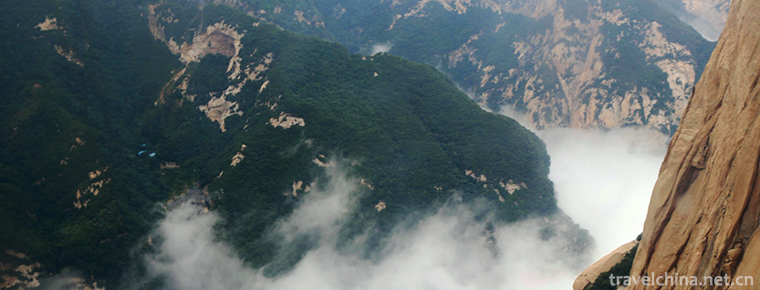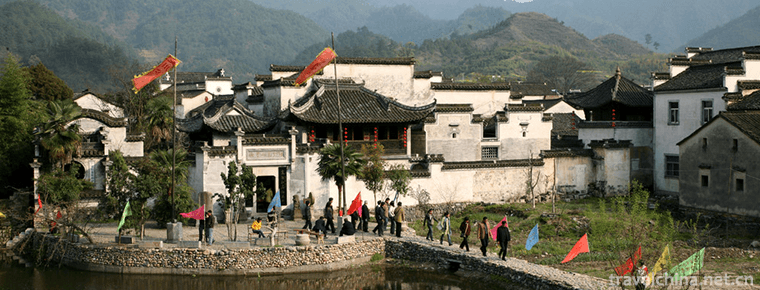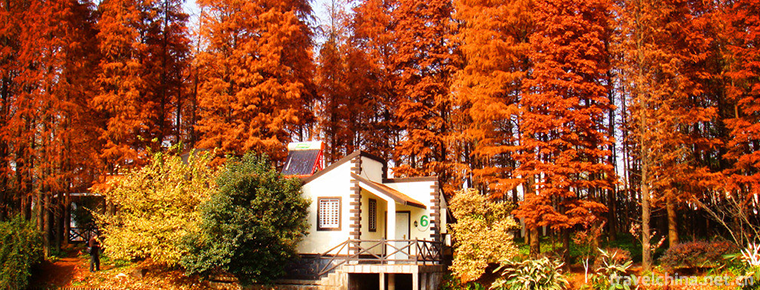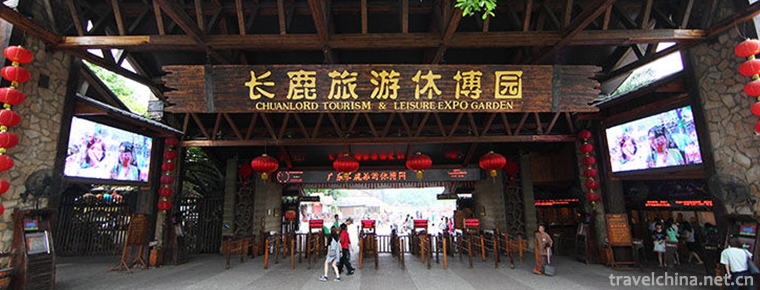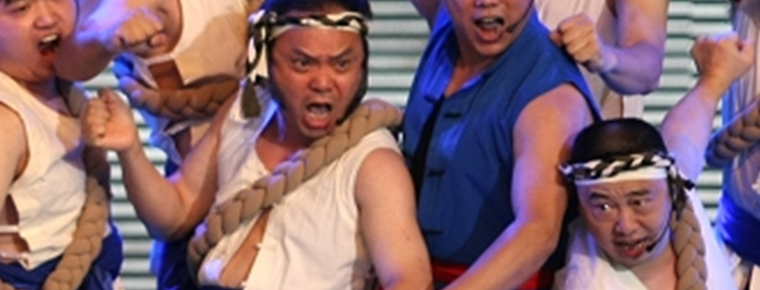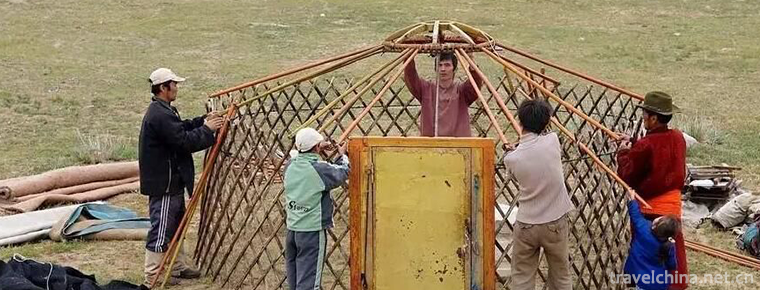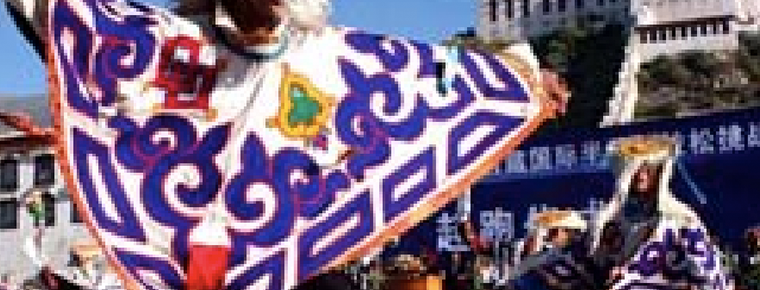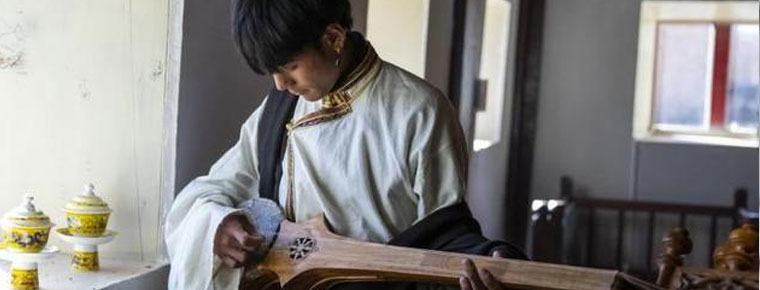Taohuawu Wood Engraving New Year Picture
Taohuawu Wood Engraving New Year Picture
Taohuawu New Year Picture is a Folk Woodcut New Year Picture in the south of the Yangtze River. It was named for its production in the area of Taohuawu in Suzhou. It and the woodcut New Year pictures of Zhuxian Town in Henan Province, Yangliuqing in Tianjin, Yangjiabu in Weifang in Shandong Province and Mianzhu in Sichuan Province are also known as the five major Folk Woodcut New Year pictures in China.
Taohuawu New Year Pictures originated from the woodblock printing process in Song Dynasty, evolved from embroidery pictures, and developed into a folk art school in Ming Dynasty. During Yongzheng and Qianlong years of Qing Dynasty, more than one million Taohuawu Wood New Year Pictures were produced annually. The printing of Taohuawu New Year's Pictures is composed of both coloring and color sets. The composition is symmetrical, plump and colorful. It often takes purple and red as the main tone to express the joyous atmosphere. It is basically made of set colors. The engraving, color and shape of Taohuawu New Year's Pictures have delicate and elegant folk art style in Jiangnan area, mainly expressing the Chinese folk traditions of auspicious celebration, folk life, dramatic stories, flowers, birds, vegetables and fruits, and exorcising evil spirits. Beautiful content. The folk painting circle calls it "Gusu version". On May 20, 2006, the heritage was approved by the State Council and listed in the first batch of national intangible cultural heritage list.
historical origin
From the perspective of cultural relics handed down from generation to generation, woodcut books and woodcut are almost produced at the same time. Initially, wood prints were mainly used as illustrations of books, i.e. embroidery pictures. Wood prints were printed separately and became New Year pictures, which appeared only in the Song Dynasty. At the end of Ming Dynasty, Suzhou New Year Pictures had a complete and unique style, which was called "Gusu version" at that time.
During the reign of Yongzheng and Qianlong in the Qing Dynasty, the quality and sales of Suzhou New Year's paintings increased unprecedentedly. At that time, there were more than fifty New Year's paintings shops located in Shantang Street outside Yanmen, and part of them in Baoen Temple in Taohuawu, with an annual output of more than one million, and tens of thousands at a time. They were sold in Jiangsu, Zhejiang and Shandong provinces, and as far as Nanyang. As a result, the reputation of Taohuawu New Year Pictures in Suzhou spread all over the Yangtze River and the South, and Yangliuqing in Tianjin became the center of the two major folk New Year Pictures in North and South China. At that time, the names of Suzhou New Year's Painting Shop remained on the pictures, including Zhang Xingju, Zhang Wenju, Wei Hongtai, Lu Yunlin, Lu Fushun, Mo Xiangzhai, Chunyuan, Ji Xiangji, etc. in the early stage, Wang Rongxing, Chen Tongsheng, Chen Tongsheng, Wu Jinzeng, Wu Taiyuan and Hongyun Pavilion in the later stage. Painters signed on the screen in the early stage: Taowu master, Taoxi master, Mo prodigal son, Huihuan master, Bao Paixuan, Merlin Jushi, Xingtaozi and so on; in the later stage: Songshan Taoist, Wu Youru, Zhou Mengbanana, Jinbuxiang, Fu Genxin, etc.
After the Opium War, offset printing, copperplate printing and lithographic printing technology developed. The so-called "month card" School of New Year paintings dumped in urban and rural areas, and Taohuawu New Year paintings were threatened greatly, and their prosperity began to decline. In addition, the revolutionary army of Taiping Heavenly Kingdom fled under the city of Suzhou, and the local government of Qing Dynasty fled in a hurry. During the war, Suzhou was burned and robbed. The maple bridge and the mountain pond were destroyed in a torch, and the Spring Festival paintings were burned down. Although several of them moved into Yanmen and Taohuawu to continue their business, they could not be revitalized.
In the early years of Guangxu, some painters turned to work in the old school yard of Shanghai. The Suzhou New Year Painting Shop only relied on old prints handed down from previous generations or reproduced the old school yard paintings of Shanghai to come to the market. It even sold lithographic foreign paintings on behalf of others. However, New Year paintings such as door god and kitchen emperor became the main commodities. The Taohuawu New Year Painting in Suzhou was on the verge of extinction at that time. It was not until the founding of New China that it was quickly restored.
Before the War of Resistance Against Japan, most artists had changed their careers. Only Wang Rongxing, Zhu Rongji and Zhu Ruiji were left in New Year's Painting Shops. Taohuawu New Year's Painting was on the verge of extinction. In the early 1950s, the Literary Federation of Suzhou made an investigation into the status of Taohuawu woodcut New Year pictures and organized the artists who were scattered among the people. In the climax of cooperation, the remaining three New Year's Painting Shops merged into a cooperative group to print old New Year's pictures for sale.
Inheritance Significance
The traditional Taohuawu wood engraving art has rarely been produced, but after all, there has been a glorious page in history. Therefore, as one of the main folk art styles in the past, the Taohuawu wood engraving New Year painting has become a precious cultural relic, which has been gradually valued by people. Studying and studying Taohuawu New Year Pictures is of great significance to the development of new arts and the promotion of the traditional culture of the Chinese nation.
However, with the change of people's life style, the practical function of Taohuawu New Year's Painting has been greatly weakened, while the pure ornamental function has been improved. The changes of the market have affected the preservation of traditional techniques in Taohuawu wood engraving New Year pictures. The development of modern printing technology has made a great impact on the manual engraving and printing techniques of traditional wood engraving New Year pictures. With fewer and fewer painting shops in Taohuawu New Year pictures, it is more and more difficult to inherit the traditional engraving and dyeing and printing techniques. As a craft, the production process of Taohuawu New Year's Painting has always been a clear division of labor, drawing, stereotyping, printing production. But few people have mastered this skill. With the Taohuawu New Year Painting as a permanent specialty of Suzhou Institute of Arts and Crafts, there is a fixed teaching base. The development and production of art collections and tourist souvenirs has become one of the main businesses of Taohuawu Wood Carving New Year's Painting Society. The cultural department has made great efforts to collect information from the Taohuawu Museum of Wood Engraving New Year Paintings. It will be built as a collection, research and protection base for traditional Wood Engraving New Year Paintings.
However, due to the serious shrinkage of the traditional art survival market, the woodcut New Year's paintings in the folk market is almost zero, and the number of people who insist on the creation of New Year's paintings has been very few, and the status quo of the subsequent lack of people is difficult to change for a while.
The state attaches great importance to the protection of intangible cultural heritage. On May 20, 2006, the intangible cultural heritage was approved by the State Council and listed in the first batch of national intangible cultural heritage list.
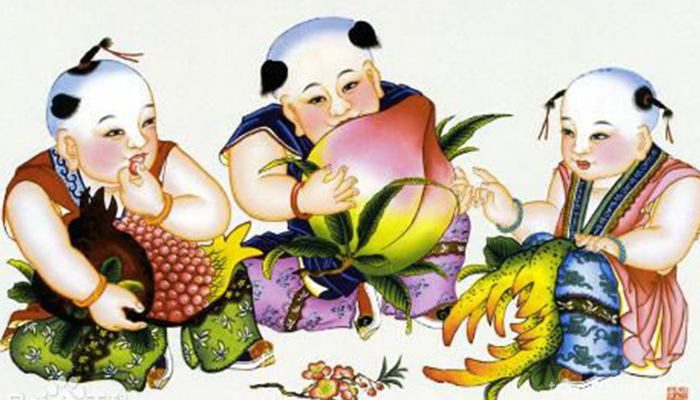
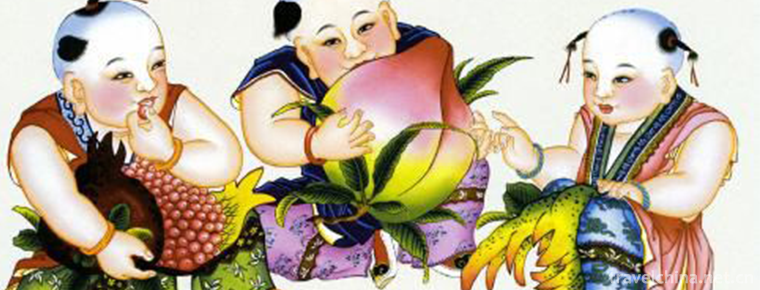
Taohuawu Wood Engraving New Year Picture
-
Mount Hua
Mount Hua, known as "Xiyue" and "Taihua Mountain" in ancient times, is one of the five famous mountains in China and the birthplace of Chinese civilization
Views: 380 Time 2018-10-30 -
Jixi Longchuan Scenic Area
Jixi Longchuan Scenic Area in Xuancheng City, Anhui Province, is a national AAAAA-level Tourism Scenic Area officially approved by the State Tourism Administration
Views: 165 Time 2018-12-08 -
GongQing Forest Park
Gongqing Forest Park is located in Yangpu District, Shanghai. It is bordered by Huangpu River in the East and Military Road in the west. The total area of the park is 1965 mu, and the open public
Views: 330 Time 2018-12-24 -
Changlu Tourist Xiubo Garden Scenic Area
Changlu Tourist Xiubo Park, or Changlu Environmental Resort Farm (hereinafter referred to as "Changlu Farm"), became the national 5A scenic spot in November 2014. It is the only national 5A
Views: 295 Time 2019-03-17 -
Song of Sichuan river
Chuanjiang chant is a kind of traditional folk singing form that the shipworkers in Chuanjiang valley of Sichuan and Chongqing area lead the singing by the trumpeters for unified movement and rhythm
Views: 176 Time 2019-04-19 -
Mongolian yurt building skills
Mongolian yurt building skills, the traditional local skills of Xiwuzhumqin Banner and Chenbalhu Banner in Inner Mongolia Autonomous Region, one of the national intangible cultural heritage.
Views: 131 Time 2019-06-03 -
Harmonic Qin
In the history of Harmonious Qin, young men and women in Nima Township, Bango County, Naqu Prefecture, Tibet had a tradition of gathering to dance Harmonious Qin. Whether it was the end of farming or
Views: 306 Time 2019-07-06 -
Ding Zhen heaven on earth with fire
This "paradise on earth" with fire Ding Zhen absorbed tens of millions of powder overnight, and the search volume increased by 620%
Views: 81 Time 2020-12-07 -
Convenient facilities and medical services of Chengdu Giant Panda Base
Chengdu Research Base of giant panda breeding has a tourist service center in the hall on the first floor of the museum, which can provide free convenience services such as microwave heating, drinking water hot water, baby carriage, wheelchair, walking stick, umbrella, needle and thread bag, etc.
Views: 403 Time 2020-12-13 -
Suining social security
By the end of 2019, there were 23400 registered unemployed people in Suining, with the registered unemployment rate of 3.62%. 855000 people participated in the basic endowment insurance for urban employees, an increase of 114800 over the end of last year.
Views: 146 Time 2020-12-16 -
Neijiang ten sages
Ten sages are outstanding representatives of historical figures in Neijiang, which are described as "one division, two phases, three number one scholars and four great masters";
Views: 357 Time 2020-12-16 -
Meishan City logo
Meishan City logo is composed of ancient Chinese tile pattern and Dongpo head portrait, which shows a feeling of ancient historical traces and reflects the ancient culture of Meishan. From the design to the font are used a simple style, using the combinatio
Views: 336 Time 2020-12-18
